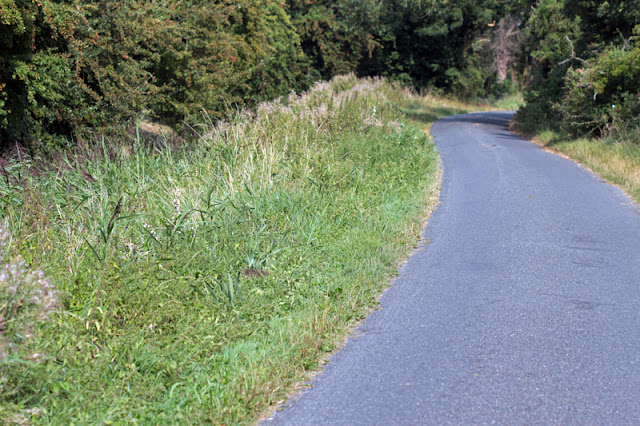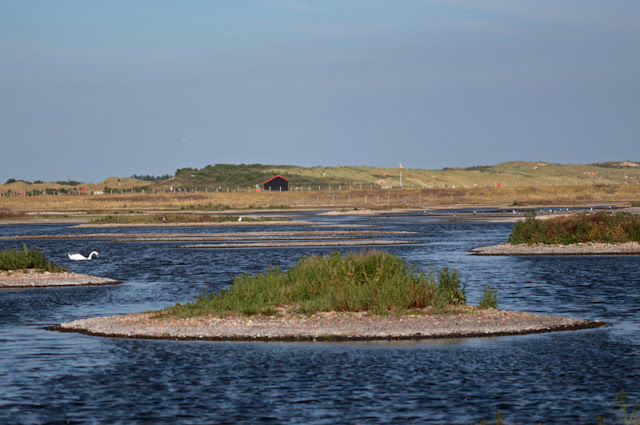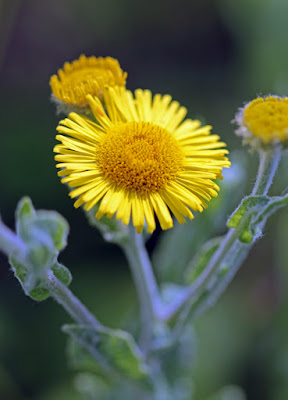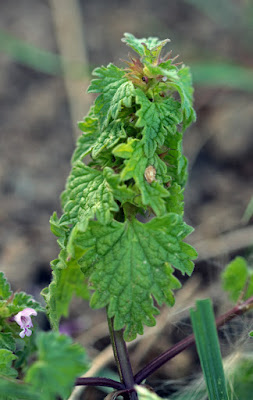Some Botanical Jewels from the Romney Marsh, Kent - 27/08/16

For this blog I visited Littlestone, Greatstone and the ditches and dykes of the Romney Marsh in South West Kent. It's a lovely under-rated area both for beaches and wildlife, never crowded and always peaceful, though in Winter, quite bleak as well. But Winter is not yet here and I made the trip to the South coast of Kent to see what botanical marvels I might find. My first stop was on the Romney Marsh. This is an area intensely farmed with widespread use of pesticides and herbicides, but the ditches (or dykes) that criss cross the marsh are filled with wildlife. A single track road going from Brenzett towards Fairlight produced a few fine stands of Marsh Mallow, a RPR species in Kent. The Romney Marsh and the Leybourne area are the only places I know where to find it. Here's a habitat photo I took on the Marsh for this wonderful flower. Related to the Common Mallow and the Musk Mallow, the Marsh Mallow has been picked almost to extinction in the county, as Marshmall



